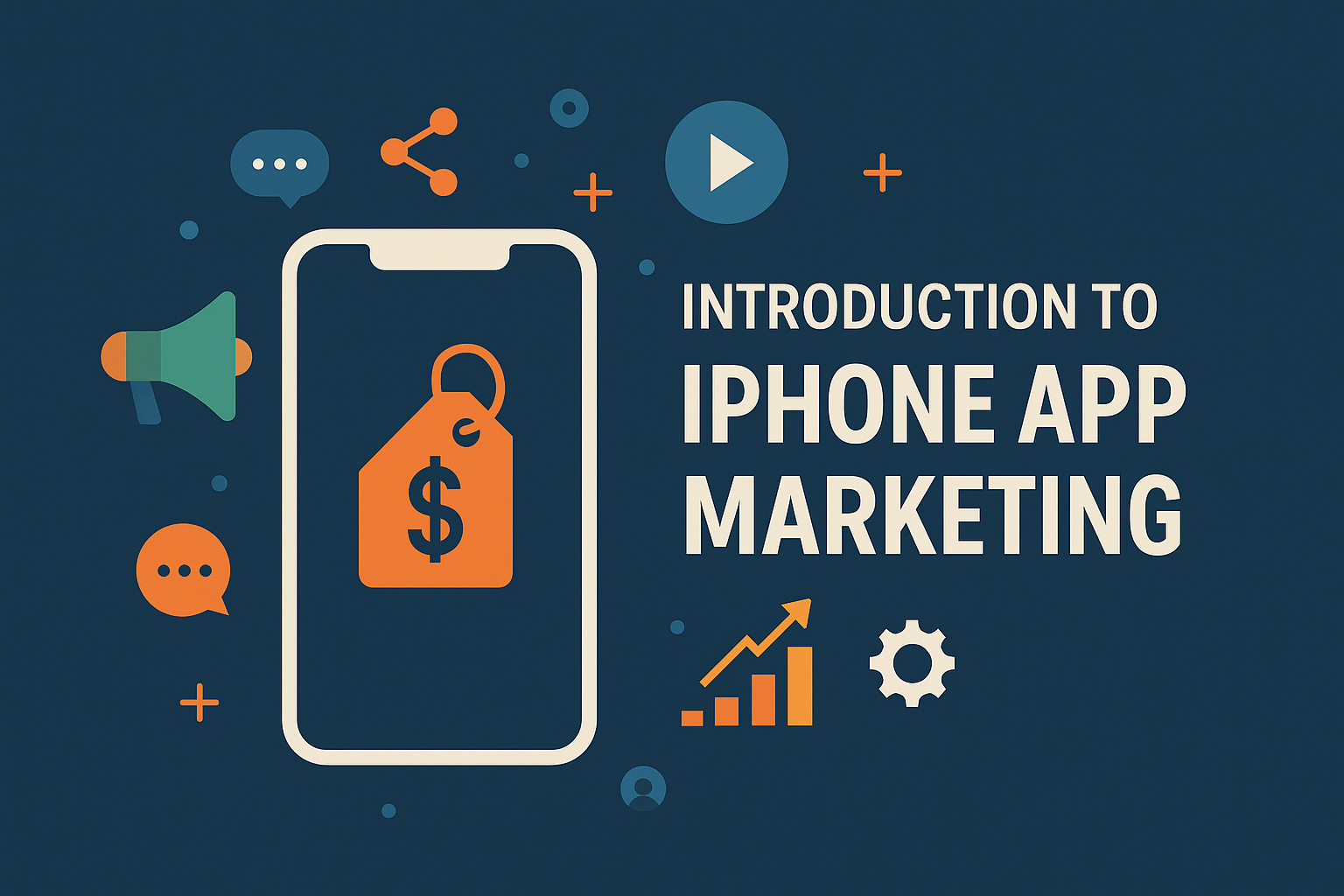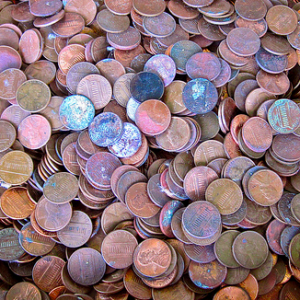Fantasy Sports App Revenue: How These Apps Are Banking Big in 2025
Let’s not sugarcoat it — fantasy sports apps are absolute revenue monsters right now. What started out as a fun way to pick dream teams is now a $40+ billion industry, and it’s expected to more than double in the next 7 years.
So how do these apps really make money? Who’s winning in the space? And what can you learn if you’re planning to build or scale one?
Before you throw money at app development or marketing, it’s worth understanding how fantasy sports apps are actually generating serious revenue in 2025. I’ve broken it all down — not just with numbers and case studies, but with real-world monetization models that dominate the space. From entry fee contests to subscription perks and ad revenue, here’s what’s working right now and why it’s scaling like crazy.
Global Fantasy Sports Revenue Growth
According to Market Research Future, the fantasy sports industry is projected to grow from $36.9 billion in 2024 to nearly $99 billion by 2032, with a CAGR of 13.8%.
Here’s how that growth looks:
| Year | Estimated Global Revenue |
|---|---|
| 2020 | $22.5 billion |
| 2021 | $26.7 billion |
| 2022 | $30.1 billion |
| 2023 | $33.4 billion |
| 2024 | $36.9 billion |
| 2025 | $40.5 billion (projected) |
How Fantasy Sports Apps Make Money (5 Core Models)
If you think fantasy sports apps only rely on ads, you’re missing 90% of the picture. Here are the most common — and most profitable — revenue models:
- Paid Entry Contests
This is the bread and butter. Users pay a fee to join leagues or contests, and the app takes a cut (called the rake) from the prize pool — usually 10–20%. Dream11 scaled purely on this. - In-App Purchases
These include boosters, lineup optimizers, premium stats, and tips. It’s a microtransaction game that adds up fast when you have 100K+ users. - Subscriptions
Think VIP memberships with perks like early access, advanced analytics, or unlimited contest entries. - Advertising
Banner ads, video ads, and sponsor placements — especially effective during live games and in-app streaming zones. - Affiliate Links
Partnering with sportsbooks, fantasy blogs, gear shops, or even crypto wallets for commissions.
| Monetization Method | Share of Revenue |
|---|---|
| Entry Fees | 45% |
| In-App Purchases | 20% |
| Subscriptions | 15% |
| Advertising | 10% |
| Affiliate Deals | 10% |
Top Fantasy Sports Apps by Revenue
Here’s a real-world comparison of how the top apps are raking in revenue, what they do differently, and what their primary monetization looks like.
| App | Market | 2024 Revenue | Monetization Model | Unique Strength |
|---|---|---|---|---|
| Dream11 | India | $470M+ | Entry Fees (Rake) | IPL dominance, low CAC, huge volume |
| FanDuel | USA | $6B (total) | Fantasy + Betting + Ads | Cross-sell with sportsbook |
| DraftKings | USA | $3.7B | Fantasy + Betting | Public company, ad-heavy strategy |
| My11Circle | India | $70M+ (est.) | Entry Fee + Celebrity promo | Fast-growing, backed by Games24x7 |
| Sorare | Global (EU) | $180M (NFT sales) | NFT card sales | Blockchain-based, player NFTs |
Want to know how these apps are built? Check out this in-depth post:
Fantasy Sports App Development in 2025
Revenue per User: What Makes It Skyrocket
The most successful apps don’t just chase downloads — they obsess over revenue per user. Here’s how they squeeze more value from each player:
- Low entry fee contests to increase contest participation frequency
- Referral loops that bring free traffic
- Freemium users converted to VIP tiers via bonus leagues
- Psychology-backed rewards like badges, ranks, and achievements
- Streak bonuses and leaderboard systems
A casual user becomes a power spender when you build the right product loop.
Which Sports Bring in the Most Cash?
Surprise — it’s not just cricket and football.
| Sport | Key Markets | Monetization Potential |
|---|---|---|
| Cricket | India, Pakistan | 🔥 Extremely high |
| Football | Europe, US, LATAM | 🔥🔥 Global audience |
| Basketball | USA, China, Europe | 🔥 Tier-1 engagement |
| Kabaddi | India | ⚡Niche, fast-growing |
| Esports | Global | ⚡ Gen Z money magnet |
Apps that go niche — like targeting kabaddi, women’s leagues, or esports — can often find lower competition and higher retention.
Real-World Example: How Dream11 Hit $470M Revenue
- Dream11 is India’s biggest fantasy sports app.
- Their model is dead simple: cash contests + fantasy points.
- They take 15-20% commission from every paid contest.
- 140M+ users. Daily active users spike during IPL.
- Marketing spend is low compared to user revenue.
They didn’t invent anything new. They just executed better, faster, and scaled hard. And now they’re a unicorn.
Want to Build One Yourself?
You’ll need:
- A scalable backend (Firebase, Node.js, or Python + AWS)
- Live sports API for score syncing (e.g. SportRadar)
- Fraud prevention tools
- Legal/regulatory compliance for real money gaming
If you’re not sure where to start, here’s something that helps:
👉 What Equipment Is Needed to Make an App
👉 How to Hire an App Developer
Don’t try to cut corners with half-baked clones. Users know the difference.
So Is It Worth It?
If you’re building a fantasy sports app in 2025, the potential to make serious money is real — but only if you treat it like a business, not a side project.
There’s room to win if:
- You build something niche or localized
- You nail retention and monetization from day one
- You study what the top players are doing and execute leaner
But go in blind, and you’ll burn money fast. The competition is fierce, but the market is huge.
Ready to build? Start by learning how to hire the right developer — it’s the difference between an MVP that prints cash and one that crashes on launch.




